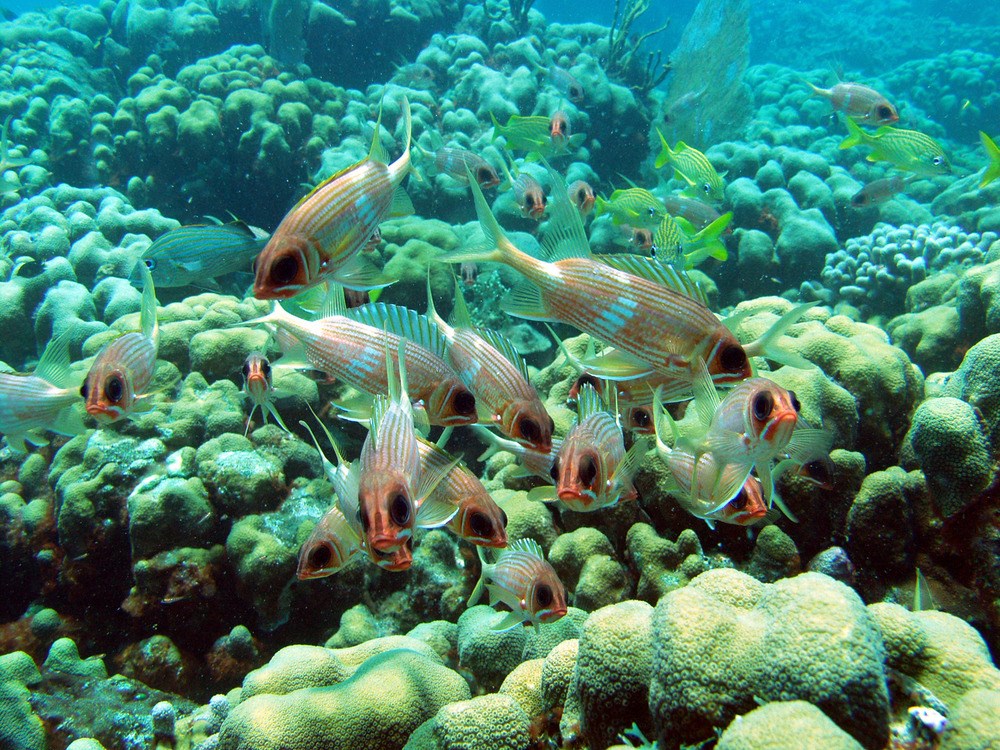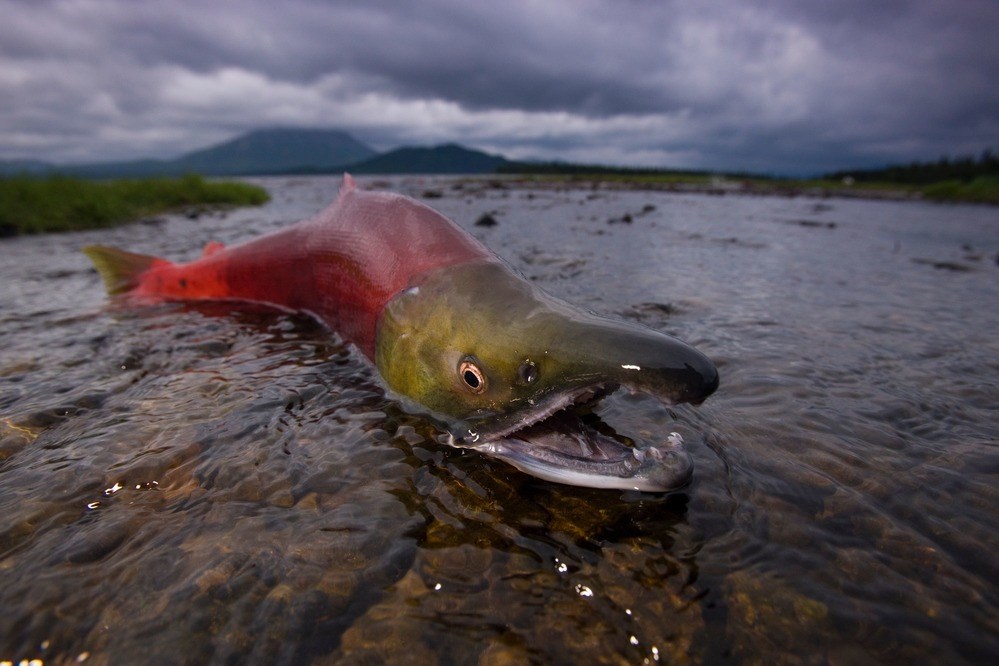Last updated: January 24, 2020
Article
Blue in the Face: Breathing Underwater
Have you ever dreamed of living on the ocean floor? There’s just one little problem, you can’t breathe underwater. It’s easy for fish, but how do gills work? Water doesn’t have very much oxygen available. In fact, it takes up only about 1% of the volume!
The science behind gills is full of chemistry, biology, and even a little bit of physics. Dive into the amazing adaptation these animals use to live in a world not too far from our own. It’ll all make sense in two shakes of a fish’s tail.
So, how do gills work?
With so little oxygen available, fish have to be super efficient when they take in oxygen. Their gills are formed from paper-thin tissues that are full of blood. The movement of water across the surface of these tissues allows oxygen in the water to diffuse into the bloodstream. This is because the oxygen wants to be in equal concentration in both areas.
Think of it this way, if you have a glass of water and add ice, the entire glass will eventually become evenly cold. The water and the fish’s blood are just becoming equally oxygenated. This all works thanks to the built-in water pump in a fish’s head. Water flows in through a fish’s mouth and out over its gills.

Virgin Islands National Park - NPS Photo
What makes it a fish?
Fish fall into a few major groups: Bony fish, Cartilaginous fish, and Jawless fish. Bony fish include most of the species people recognize as fish because they are commonly eaten or kept in aquariums. On the other hand, cartilaginous fish include a wide variety of unique aquatic animals. Some might not even be things you would call fish. For instance, sharks and rays are two common kinds of cartilaginous fish. Cartilaginous means that the fish’s skeleton is not made of bones. Instead, their body is held together by the same kind of cartilage found in your ear. Finally, jawless fish do not have jaws and some of the other structures people typically associate with fish. These jawless fish include lampreys and hagfish, and they are the only living relatives of prehistoric fish.
Beyond the difference in their skeletal structure, cartilaginous fish, bony fish, and jawless fish also tend to have slightly different gill structures.
For most cartilaginous fish, they have five or more gill slits that open directly into the water. They rely on something called “ram ventilation” to push water through their gills. These are the fish that need to swim to breathe, because the forward movement is what pushes water through their gills.
In contrast, bony fish have a special bone called the operculum that lets them use their gills without ram ventilation. The operculum rests directly above the gills and covers them. Thanks to the operculum, bony fish can actively swallow water and push it through their gills.
For jawless fish, there are two common ways to take in the water they need to breathe. They have a specialized breathing tube called a nasopharyngeal duct, which leads to their gill pouches. Hagfish can also take in oxygen through their skin while buried in mud!

Alaska Region Subsistence - NPS Photo
Did you know that...
- Half of all fish species live in freshwater, even though only 2% of the water on Earth is freshwater!
- There is a special fish adaptation called anadromy where fish hatch in freshwater but spend their adult life in the ocean. They then return to the lake or stream where they hatched to reproduce. The opposite of anadromy is catadromy. Catadromous fish hatch in the ocean, spend their adult life in freshwater, then return to the ocean to lay eggs. Pretty wild, right?
- Osmosis, the process where water moves from less salty to saltier compartments, makes it so that freshwater fish never drink water! Instead, they absorb water through their gills because their bodies are saltier than the water around them. Saltwater fish have to handle the opposite problem! Seawater is more salty than the fish’s body, and pulls water out. These fish are specially adapted to drink huge amounts of salt water, then separate the salt and excrete it.
- There are species of fish that have “antifreeze” in their bodies! One species, the rainbow smelt, spends the winter in ice-covered lakes, but doesn’t turn into a fish-sicle thanks to a combination of proteins and glycerol in their blood and organs.
